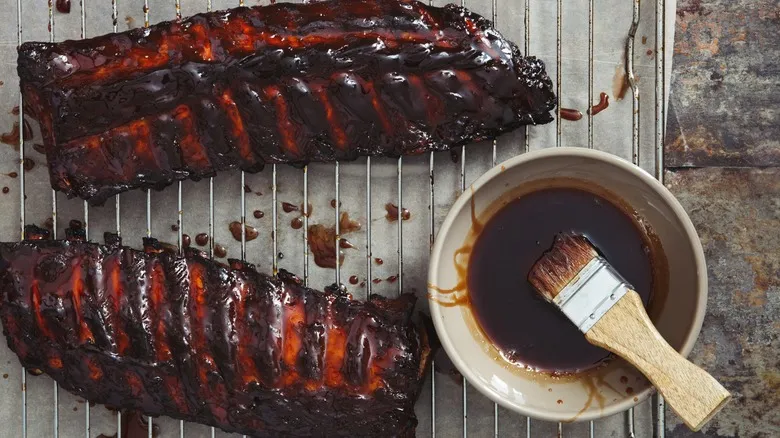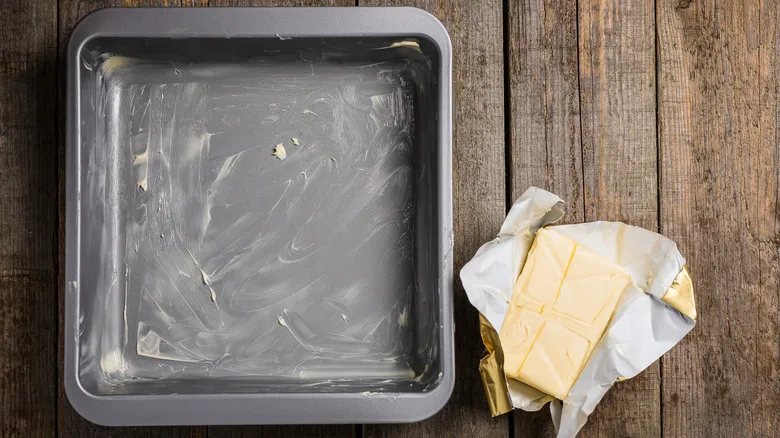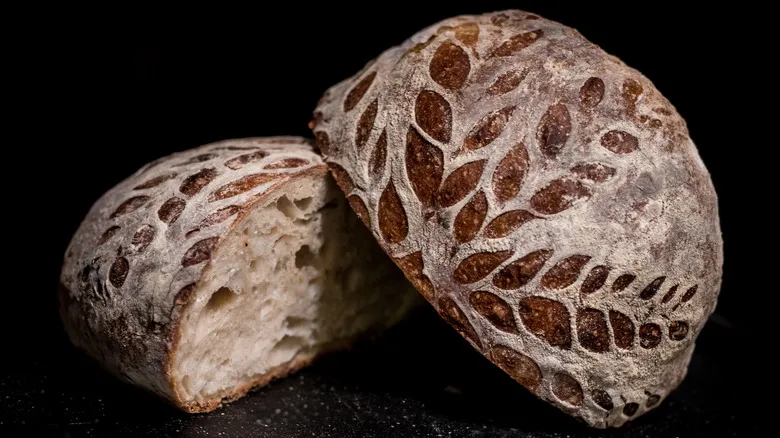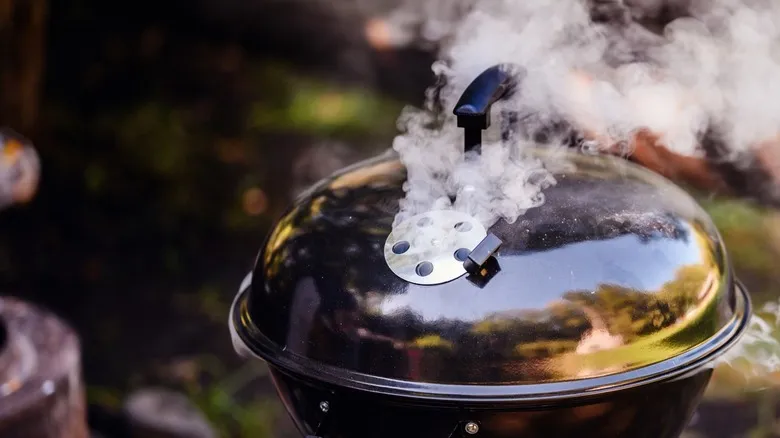Using your vents to control temperatures

Opening all the vents when you first ignite the grill helps it heat up more quickly. You'll also want to keep them open for high-heat cooking, such as achieving a great char on perfectly grilled vegetables. Steaks and hamburgers typically cook well with both vents open, as the high temperatures create a nice crust on thick cuts while keeping the inside juicy—this is why ribeye is an ideal choice for grilling.
On the other hand, if you're preparing something that requires low and slow cooking, like ribs or pulled pork, partially closing the vents will reduce the heat, and specifically closing the top vent will decrease the smoke. When smoking meat, the smoke should be thin and blue, nearly invisible, rather than thick and white billowing from the grill. Excessive smoke can spoil your food, so if you notice a lot of it, open the vents.
Monitor the internal temperature of your food with a meat thermometer. You can opt for an affordable digital model like the Alpha Grillers instant-read or invest in a wireless meat probe with a sophisticated app, such as the ChefiQ Sense Smart wireless meat thermometer. If the exterior is cooking faster than the interior, begin closing the bottom vents to lower the temperature. While closing the top vents will also reduce the temperature, it will simultaneously decrease the smoke. With a little practice, you'll soon be grilling like a pro.
Recommended

Glass Vs Metal Baking Pans: What Is The Difference?

The Crucial Tip To Remember When Making Korean BBQ

Alton Brown's Clever Hack To Grill Kabobs Without The Hassle

Why It's So Important To Score Bread Before Baking It
Next up

